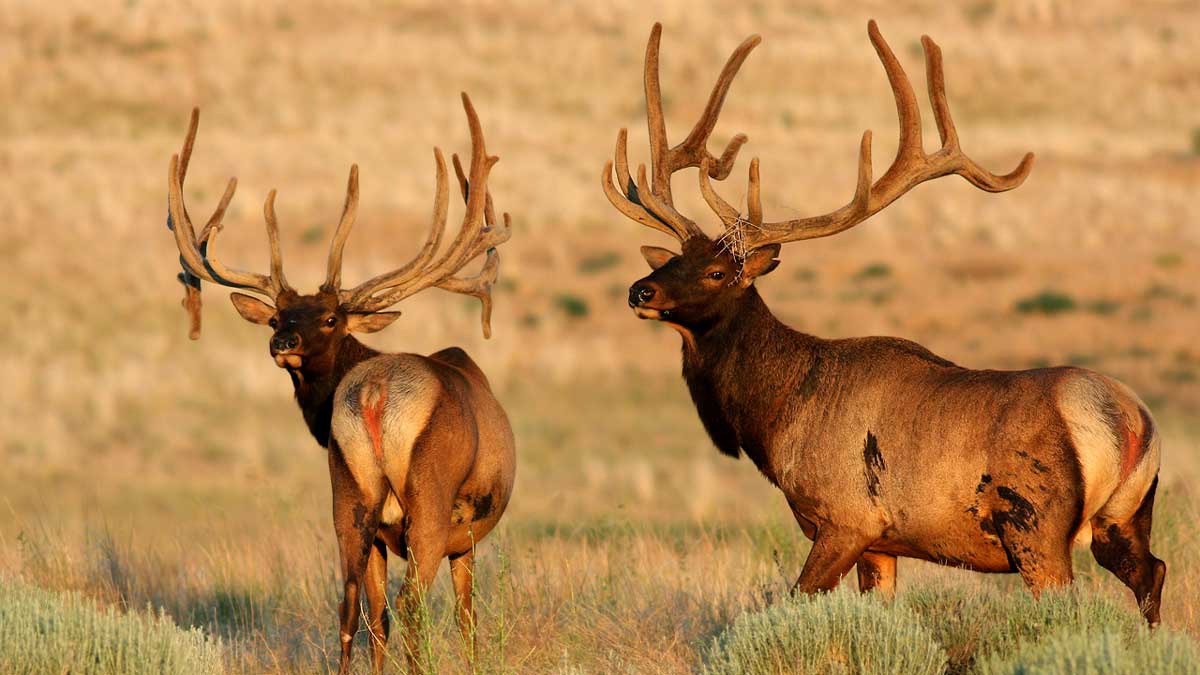Shortly after Europeans landed on the shores of the new world, they encountered a creature that looked a lot like a bigger version of the red deer they had at home, but sounded much different, producing a high, wild octave-climbing whistle instead of the red deer’s deep roar. They named the animal elk, and for centuries since, debate raged over their identity. The central question was whether or not elk is a subspecies of red deer. But in 2004, the issue was settled once and for all with a mitochondrial DNA test, which proved that red deer and elk are in fact two distinct species.
Elk and red deer can have fertile offspring, often a strong indicator that two animals belong to the same species. But there are also many differences between the two. Pregnant elk cows carry their calves for 20 days longer than red deer hinds, while bull elk carry their antlers for 35 days longer than red deer stags. Elk have a gestation period of 255 days, while the duration for red deer is 235 days. An average bull elk weighs 720 pounds, while a red deer stag averages just 400. And of course, the bugle of an elk is a very different experience from the roar of a red deer.
The ability of the two species to produce fertile offspring has helped spawn controversy about red deer game farms. Along with the ethical issues involving the commercialization of wildlife, and concerns over disease, game farms can also compromise the genetic integrity of wild elk herds. If the animals escape from their confinement, as is sometimes the case, they can mate with wild elk creating a hybrid offspring that can threaten the purity of wild elk herds.
